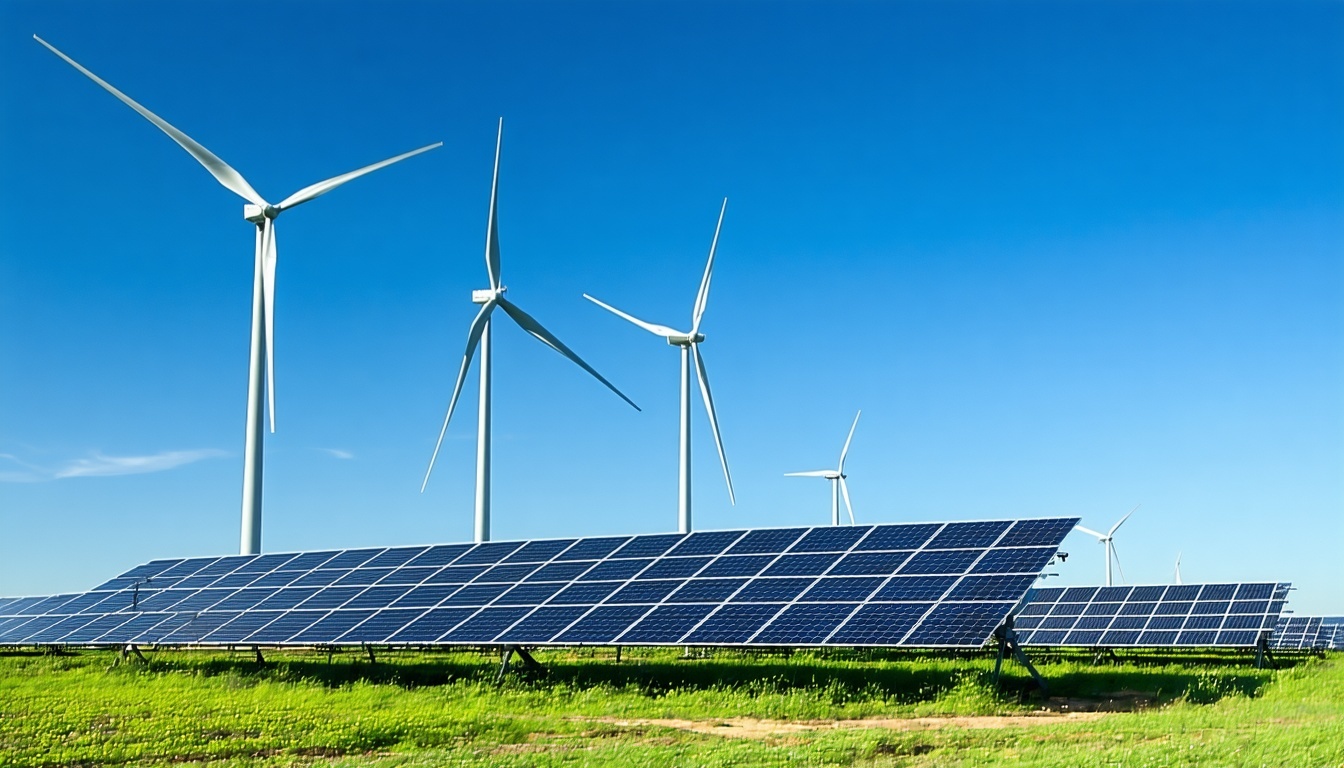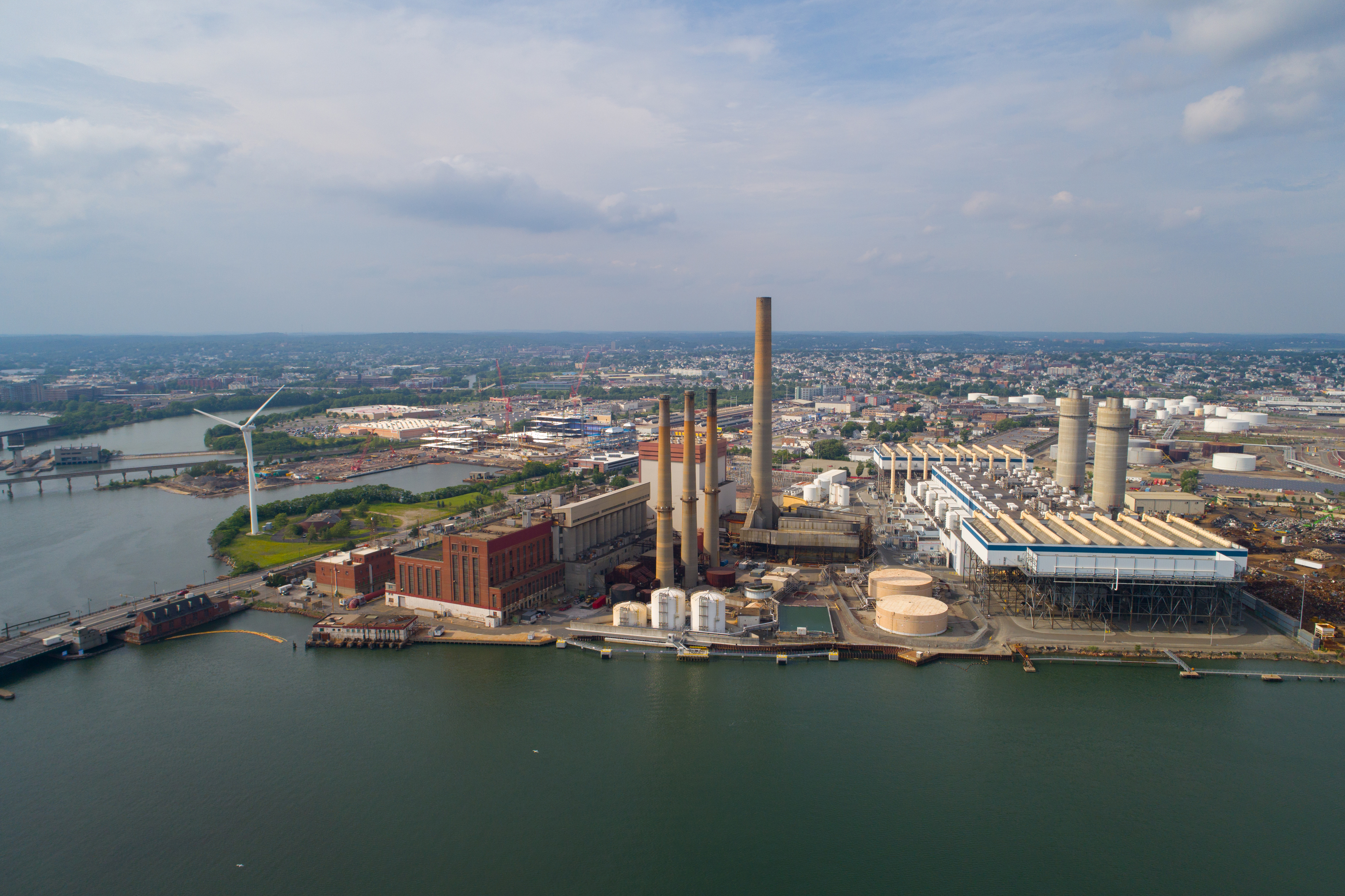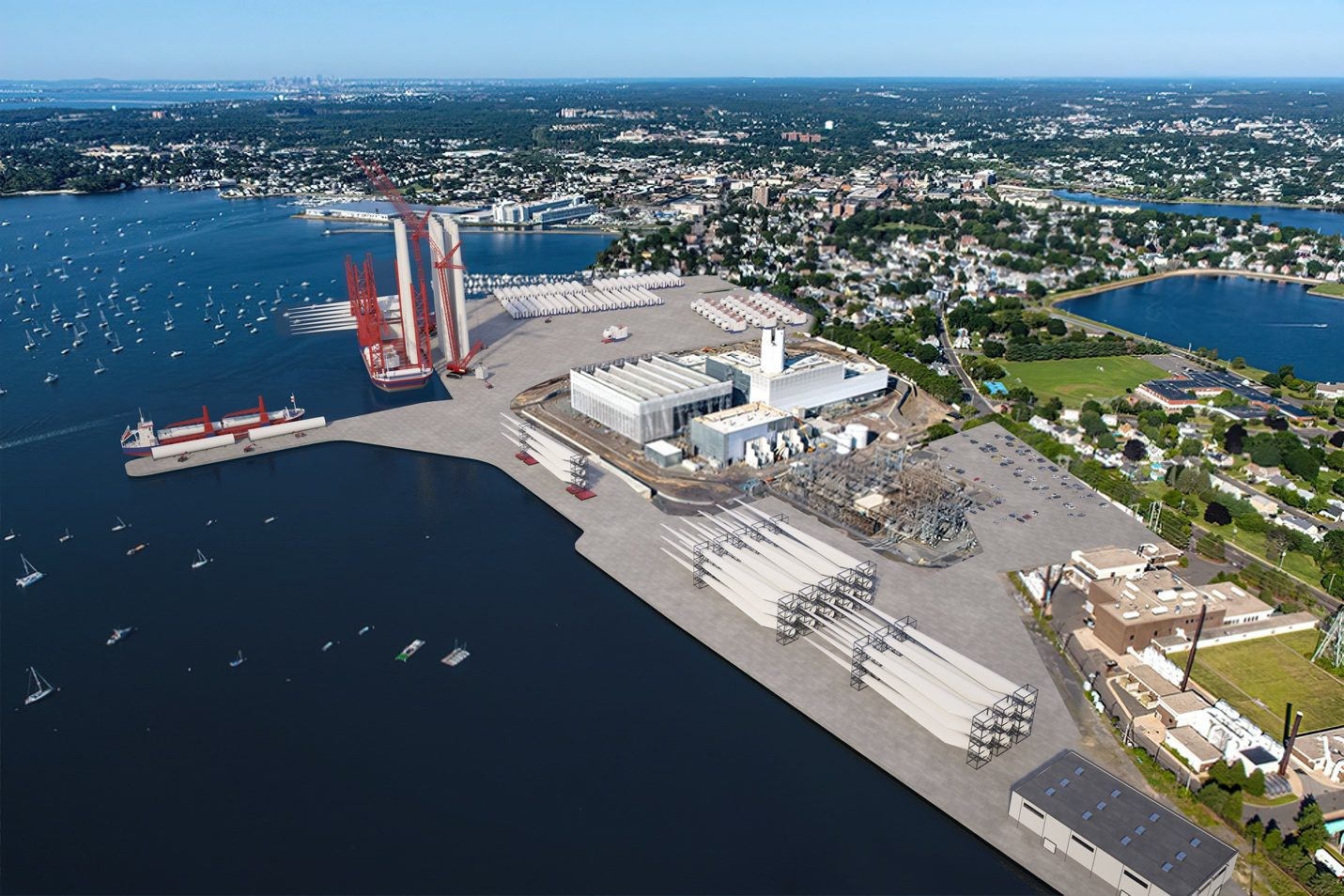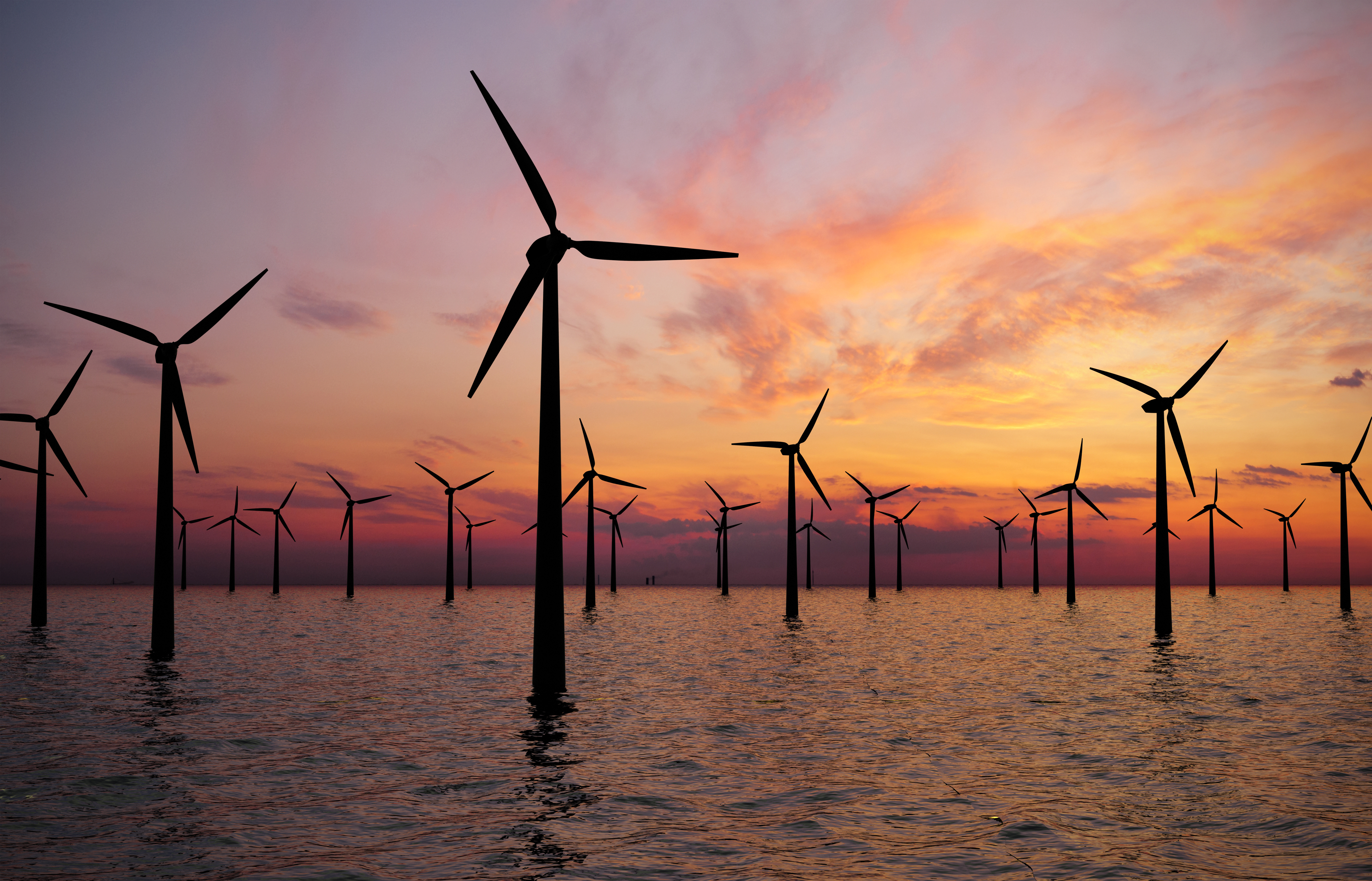The Energy Information Administration (EIA) projects significant growth in U.S. utility-scale generation in 2025, with 63 GW of new capacity expected—an almost 30% increase over 2024. Solar and battery storage will dominate, accounting for 81% of the additions, with Texas and California leading in solar expansion. Battery storage capacity is also set to nearly double, while wind additions will increase modestly, and natural gas will contribute a smaller share.
ESG & Industry Updates
Executive Orders Hit New England's Grid Plans Hard
Posted by Kelly Burke on Apr 24, 2025 10:45:00 AM
Topics: Trump Administration, offshore wind, vineyard wind
First - a reminder - Tariffs are (as of writing) still set to kick in this weekend on all imports from Mexico and Canada, and thus far they do not exempt oil imports from Canada, which could impact New England over the next several weeks, barring updates. We won't know what, if any, impacts there will be until early next week, most likely. Petitions are pending to exempt oil imports from the tariffs but there has not been any publicly confirmed change on that by the Administration as of Friday afternoon. Additionally, there are looming questions about price impacts on electricity in Northern New England that is Canadian sourced and whether that would be subject to the same 25% tariff.
Topics: EPA, Climate Change, tariff, Trump Administration, Biden Administration, paris accord, offshore wind, ev
January 2024 saw the first operational turbine on the Vineyard Wind project deliver 5 megawatts of power to the New England electrical grid. The project began in 2022 and upon completion is projected to generate 800 megawatts of electricity, reducing carbon emissions by 1.6 million tons per year.
Topics: renewable energy, offshore wind, vineyard wind
In another move forward against Climate Change, Massachusetts will be home to the United States' first utility-scale offshore wind project. Vineyard Wind, about 35 miles off the Mass coast, will produce up to 800 megawatts of electricity, powering 400,000 homes and businesses across the Commonwealth, dropping carbon emissions by up to 1.6 million tons per year.
Topics: Oil & Energy Magazine, Massachusetts, offshore wind, decarbonization
Independent research organization Climate Central published a report recently that showed how the national capacity for solar and wind generated power shot up in 2022. The report comes just as the Biden Administration begins rolling out billions of dollars to renewable energy projects as part of its commitment to decarbonizing the grid completely by 2030 and getting the US to net zero emission by 2050.
Topics: Solar, Carbon Emissions, renewable energy, Biden Administration, offshore wind, decarbonization
Renewable Advocates Target ISO New England over Natural Gas Preference
Posted by Kelly Burke on May 9, 2022 8:45:00 AM
In March, RENEW Northeast and the American Clean Power Association (ACPA) filed a complaint with the Federal Energy Regulatory Committee (FERC) asking the agency to find that ISO New England market rules “provide undue preference to natural gas only resources” and to direct the grid operator to fix its ruled to end that preference.
Topics: Solar, natural gas, renewable energy, ferc, offshore wind
Offshore Wind Breathes New Life into Old Coal Facility in MA
Posted by Kelly Burke on Mar 25, 2022 10:45:00 AM
Brayton Point in Somerset was once the largest coal-fired plant in Massachusetts, and was the last to be decommissioned in 2017.
Topics: Massachusetts, Climate Change, Clean Energy, offshore wind
Biden's Offshore Wind Plan Bolsters NE Clean Energy Goals
Posted by Kelly Burke on Jul 22, 2021 11:11:53 AM
The Biden Administation has the ambitious goal of bringing 30 gigawatts of offshore wind online by 2030, and 1.4 of those gigawatts are slated to come from the New England coast.
Topics: Massachusetts, Carbon Emissions, renewable energy, Clean Energy, offshore wind
Subscribe to Email Updates
Recent Posts
Posts by Topic
- Carbon Emissions (42)
- Climate Change (32)
- renewable energy (31)
- Oil & Energy Magazine (27)
- EPA (24)
- Massachusetts (21)
- Biden Administration (18)
- decarbonization (15)
- Biodiesel (12)
- natural gas (12)
- EPA Mandate (11)
- RFS (11)
- Solar (11)
- Biofuels (10)
- Keystone XL (10)
- methane (10)
- offshore wind (9)
- Clean Energy (8)
- Energy Independence (8)
- Energy Infrastructure (8)
- Safety (8)
- Biodiesel Tax Credit (7)
- Emissions (7)
- Ethanol (7)
- ev (7)
- Cellulosic Ethanol (6)
- EV Charger (6)
- RINs (6)
- Trump Administration (6)
- environmental justice (6)
- Fracking (5)
- Inflation Reduction Act (5)
- Technology (5)
- US Crude Exports (5)
- electric vehicles (5)
- maine (5)
- tesla (5)
- ACT (4)
- Mass DOER (4)
- TransCanada (4)
- Utility Rates (4)
- battery (4)
- fuel management (4)
- massachusetts biodiesel mandate (4)
- obama (4)
- paris accord (4)
- remote tank monitoring (4)
- CARB (3)
- CRUDE (3)
- Carbon Capture (3)
- Clean Fuel Production Credit (3)
- E85 (3)
- Emergency Fuel (3)
- Massachusetts Clean Cities (3)
- Waste Feedstock Biodiesel (3)
- china (3)
- clean power plan (3)
- net-zero (3)
- renewable diesel (3)
- solid state battery (3)
- AI (2)
- AVs (2)
- Bioheat (2)
- Commodities (2)
- Congress (2)
- Customer Service (2)
- DOT (2)
- EIA (2)
- Emergency Generator Program (2)
- HFCs (2)
- Hurricane Sandy (2)
- IMO 2020 (2)
- MIT (2)
- Marinas (2)
- New York (2)
- Refinery Closures (2)
- Safe Driving Policy (2)
- TCI (2)
- US Energy Boom (2)
- ZEV (2)
- autonomous vehicles (2)
- clean air act (2)
- coal (2)
- driver shortage (2)
- electricity rates (2)
- emergency response (2)
- environment (2)
- ferc (2)
- geothermal (2)
- hydro-electric (2)
- hydrogen (2)
- national grid (2)
- net metering (2)
- power plant emissions (2)
- railcar regulations (2)
- tariff (2)
- vineyard wind (2)
- API (1)
- Air conditioning (1)
- Baiji Refinery (1)
- Blend Wall (1)
- Brent Crude (1)
- Brent vs WTI (1)
- CFCs (1)
- Cell Phone Policy (1)
- Clean Water Act (1)
- DEF (1)
- Election Results (1)
- Electrical Grid (1)
- Energy Efficiency (1)
- Environmental Impact Study (1)
- Environmentally Friendly Products (1)
- Ethanol Tax Credit (1)
- FEMA (1)
- Fiscal Cliff (1)
- Gas Tax (1)
- Gasoline Supply Crunch (1)
- HDVC (1)
- Hazmat (1)
- Heat Tax (1)
- Highway Trust Fund (1)
- Holyoke (1)
- Hybrid (1)
- ISIS (1)
- Iraq (1)
- Kigali Amendment (1)
- MOC (1)
- Market analysis (1)
- Mayflower (1)
- Montreal Protocol (1)
- NORA (1)
- Natural Gas Pipeline Explosion (1)
- New Jersey (1)
- Oil Barrel Tax (1)
- PFC (1)
- Pegasus Pipeline (1)
- Propane Autogas (1)
- Stimulus (1)
- Syria (1)
- Tank Truck Safety Training (1)
- Tax Increases (1)
- Tier 3 Gasoline Standard (1)
- Times Square (1)
- VEEP (1)
- Workplace Risk (1)
- agriculture (1)
- algonquin pipeline (1)
- alternative energy (1)
- altwheels (1)
- astm (1)
- bionic leaf (1)
- bitcoin (1)
- boston (1)
- clean heat standard (1)
- covid-19 (1)
- energy storage (1)
- eversource (1)
- export ban (1)
- fixed pricing (1)
- fuel (1)
- fuel efficiency (1)
- fuel marketers news (1)
- gas leaks (1)
- heating oil (1)
- hurricane harvey (1)
- inflation (1)
- irving oil (1)
- marketing (1)
- nuclear (1)
- online fuel buying (1)
- ozone (1)
- photovoltaic (1)
- pilot program (1)
- pipeline (1)
- power plants (1)
- propane (1)
- renewable natural gas (1)
- russia (1)
- sanctions (1)
- senate (1)
- shale (1)
- social media (1)
- social media for business (1)
- space (1)
- tablets (1)
- tennessee pipeline (1)
- ukraine, (1)
- value added services (1)




.jpg)



